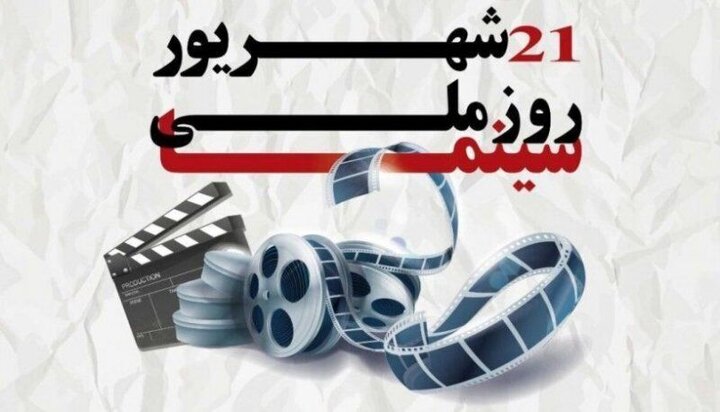Iran (IMNA) - Iran has a long history of visual art, with ancient Bas reliefs discovered in the city of Persepolis. The country's rich visual art tradition includes Persian miniatures, shadow plays (Saye-bazi), comical acts (Rouhozi), and Ta'zeih, providing a glimpse into centuries of artistic expression.
Amidst this cultural tapestry of poetry and visual art, cinema firmly established itself in Iran during the late 20th century and has since soared to new heights as a powerful artistic medium.
Experts in the film industry argue that cinema serves as a means to comprehend the inner workings of societies. Films not only depict the spirit of nations but also play a role in addressing social issues through exposition, criticism, and analysis.
Iranian cinema wasn't always as robust as it is today. Many pre-revolution Iranian films emulated Western models, presenting an unrealistic image of wealth detached from the lives of ordinary Iranians.
According to Richard Tapper, an anthropology professor at the University of London, the pre-revolutionary screen lacked genuine portrayals of women and men.
Following the success of the 1979 Iranian Revolution, its leader, Imam Khomeini, declared that cinema is "one of the manifestations of culture" and should serve humanity's education. However, it was instead utilized to corrupt the youth, as he lamented.
This led to groundbreaking transformations in Iranian cinema, reflecting the changes in Iranian society. The notion that Islam is anti-modern and regressive was debunked when post-revolution films garnered global recognition and acclaim.
Today, Iranian cinema is celebrated as one of the most innovative and avant-garde cinemas worldwide. Renowned filmmakers and artists from Iran have proven their prowess and talent.
As the legendary Iranian director Abbas Kiarostami once said, cinema, alongside oil, carpets, and pistachios, stands as one of Iran's major exports to the world.
In their book, "Changing the Cultural Face of Iranian Films under the Influence of the Islamic Revolution in 1976," Mohammad Saberi and Mehmet Sezai Turk argue that pre-revolutionary cinema often prioritized superficiality over human values. However, after the Islamic Revolution, Iranian cinema underwent a significant shift, embracing moral values that aligned with the progressive development of society.
The Iranian cinema we witness today emerged after the 1979 revolution, forging its own distinct ideological, thematic, and production values.
According to Syeda Afshana, an associate professor of media studies, Iranian cinema holds a distinctive place in the global film industry. It is renowned for its profound examination of Iranian culture, history, and society, providing valuable perspectives into the country's identity. Iranian filmmakers have been acknowledged and honored internationally for their artistic and innovative contributions to the world of cinema. Numerous Iranian films are praised for their genuine and stimulating narratives, frequently expressing intricate human emotions and societal concerns.


Your Comment